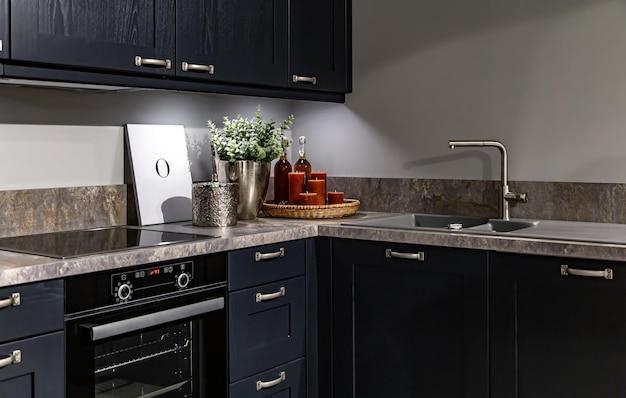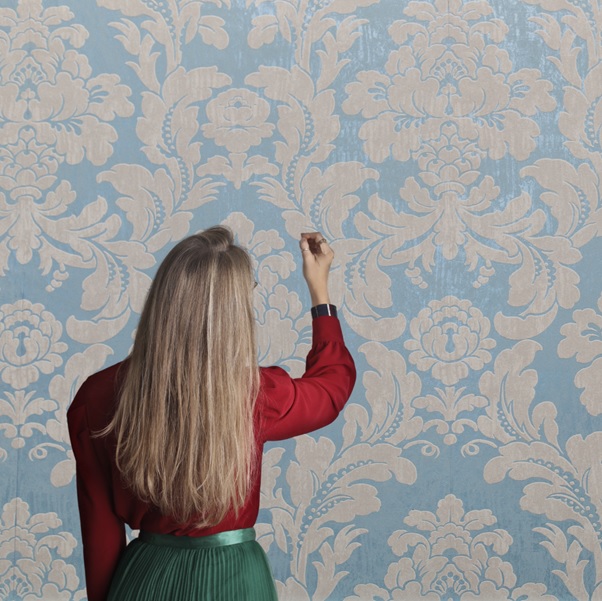If you’re in the process of shopping for a new Oriental rug for your home, then you probably already know that this type of home décor shopping can be pretty time-consuming and difficult! This is largely because there are so many different options available for rug shoppers these days, particularly because of the many reputable online outlets that have grown a lot in popularity.
One of those reputable online sources is Rug Source, and we’ve teamed up with their industry experts to provide you with this list of 5 signs that help indicate the overall quality of an Oriental rug. So take it from the pros in that you should look out for the following signs when you’re in the market for a new Oriental rug!
Check The Backing Of “Handmade” Rugs
Although most rug dealers are honest and trustworthy, it’s important for rug shoppers to understand that there are some bad apples out there that may try to take advantage of you. This is why you should always closely examine the back side of any area rug that you’ve been told is handmade or hand-crafted.
When you do this, you should be sure that you only see very small knots on the back side of the rug. All handmade rugs have backings that are completely symmetrical to the front side, so it should be clear design on both sides.
It Should Have Imperfections
One thing that a lot of rug shoppers forget about is that hand-crafted, Oriental rugs are made by artisans that are of course prone to subtle forms of human error. When you see an area rug that is completely perfect within the wefts and warps, then it’s a clear sign that you might be actually looking at a machine-made rug. This is why slight imperfections are actually a good sign that you are in fact shopping for high-quality, authentic area rugs.
It Should Always Lie Perfectly Flat
There are many instances in which rug shoppers will purchase a new rug just by looking at it hanging in a massive warehouse, but it’s important for all rug shoppers to understand that you should first roll the rug out on a floor and see how it lays out prior to buying it.
All high-quality Oriental rugs will be completely flat and straight against a floor, and the shape should be regular.
It Must Be Made Of Natural Fibers
If an Oriental rug isn’t made of wool or silk, then there’s a high possibility that it’s a fake. Oriental rugs are known for their incredible colors and designs, and what’s great about these natural fibers is that they won’t ever fade or bleed.
So you should always try to verify the actual material of a rug prior to purchasing it, because material truly is a crucial factor in terms of verifying the overall quality of any area rug.
Knot Density
One of the most important factors to keep in mind during Oriental rug shopping is knot density, and this is because the overall density of the knots will largely determine the rug’s durability, design clarity and future upkeep needs. This is a metric that every rug for sale should have clearly stated, and you should always choose an area rug that has a knot density of over 500 knots per square inch or higher!
Reach Out To Rug Industry Experts To Learn More About How An Oriental Rug Will Fit In Your Home!
Among the above factors, you’re also going to need to keep your home’s existing aesthetics and furniture in mind while you’re shopping for a new Oriental rug. This can make things a little bit more difficult, which is why you should always work closely with a specialist who will take the time to look at pictures of your room and help guide you in the right direction towards what would coincide with your unique needs and budget.
You can learn more about Oriental rug shopping by speaking directly with the industry specialists at Rug Source via the link at the top of the page!







